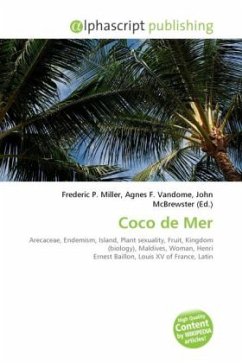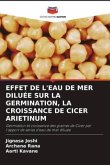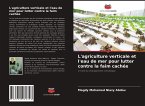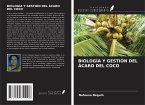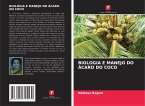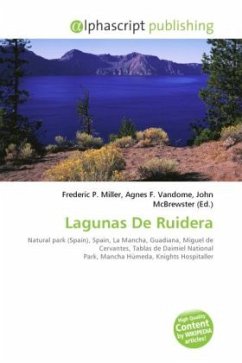The Coco de Mer (Lodoicea maldivica), the sole member of the genus Lodoicea, is a palm endemic to the islands of Praslin and Curieuse in the Seychelles. It formerly also occurred on St Pierre, Chauve-Souris and Ile Ronde (Round Island, an islet near Praslin) in the Seychelles group but has become extinct on these islands. It grows to 25-34 m tall. The leaves are fan-shaped, 7-10 m long and 4.5 m wide with a 4 m petiole. It is dioecious, with separate male and female plants. The male flowers are catkin-like, up to 1 m long. The mature fruit is 40-50 cm in diameter and weighs 15 30 kg, and contains the largest seed in the plant kingdom. The fruit, which requires 6 7 years to mature and a further two years to germinate, is sometimes also referred to as the Sea Coconut, double coconut, coco fesse, or Seychelles Nut. Formerly the Coco de Mer was known as Maldive Coconut. Its scientific name, Lodoicea maldivica, originated before the 18th century when the Seychelles were uninhabited. In centuries past the coconuts that fell from the trees and ended up in the sea would be carried away westwards by the prevailing sea currents.
